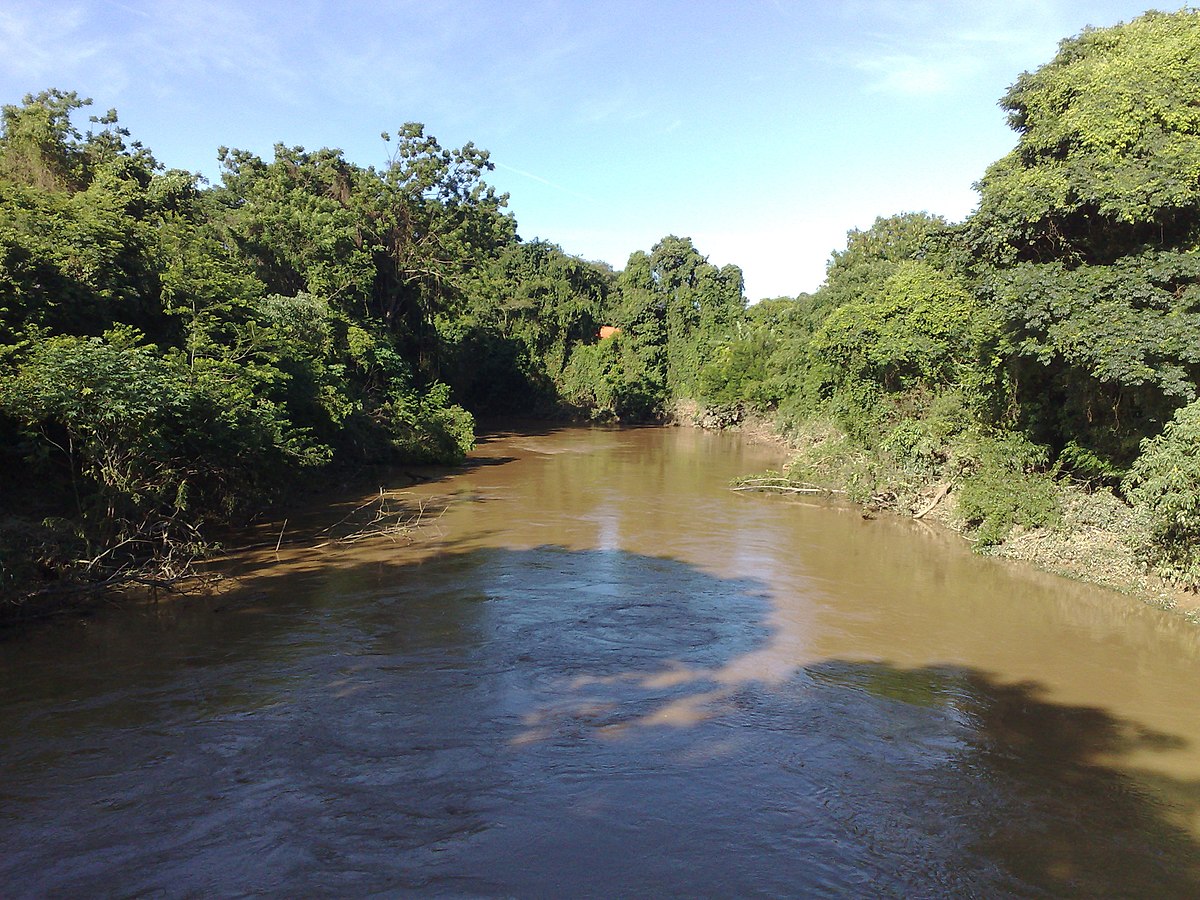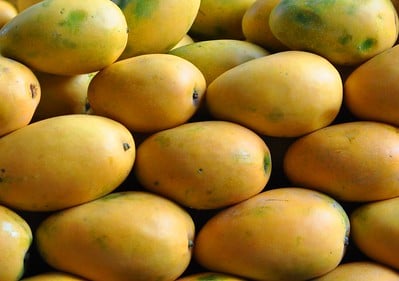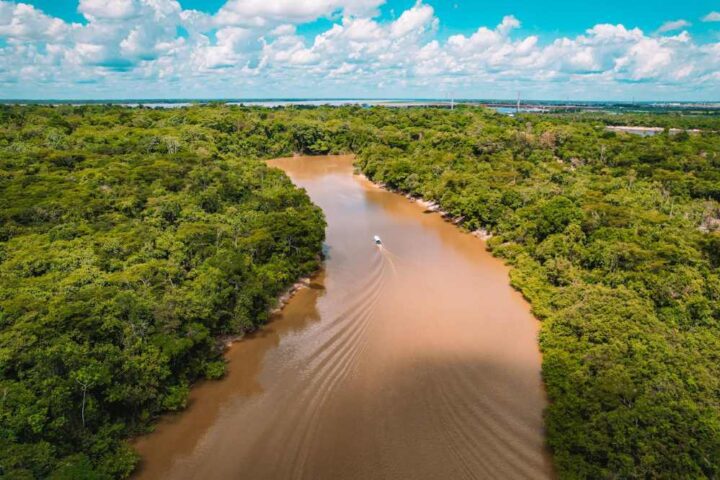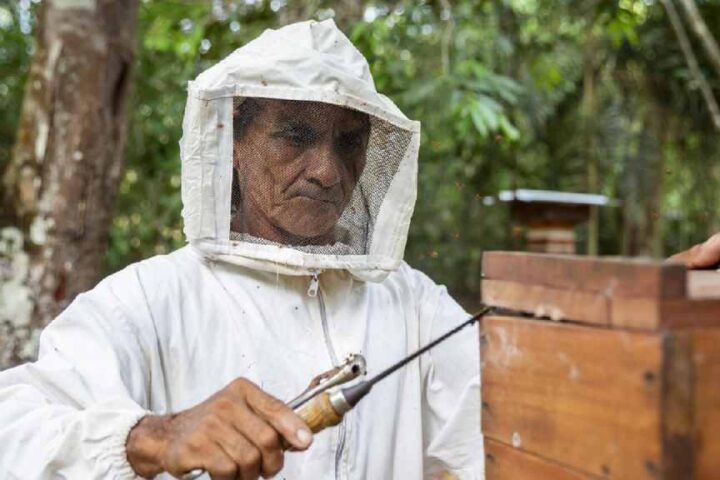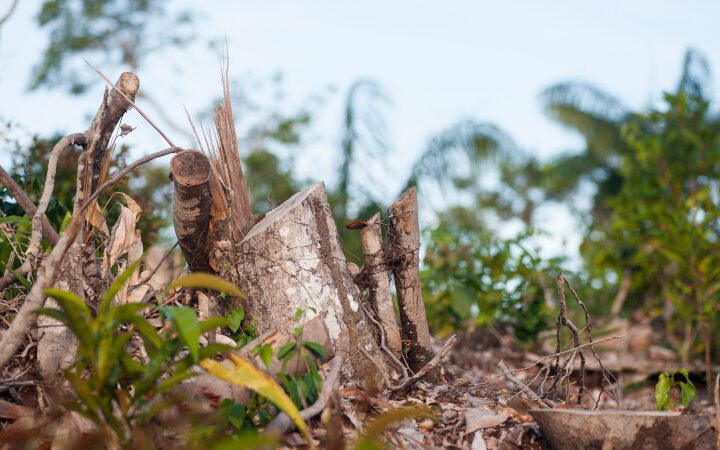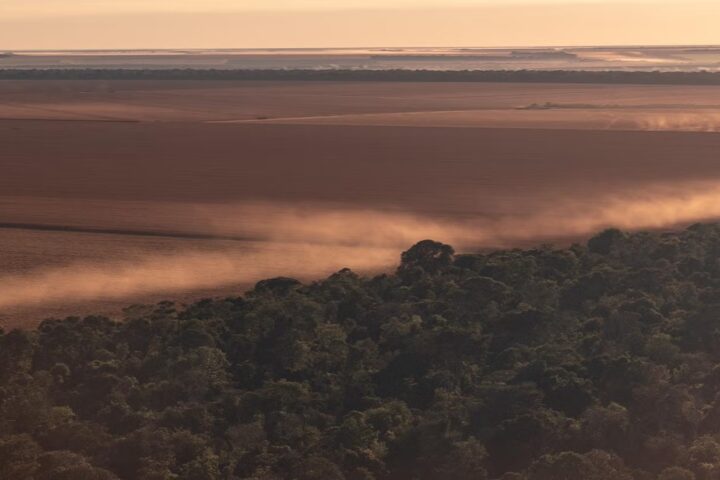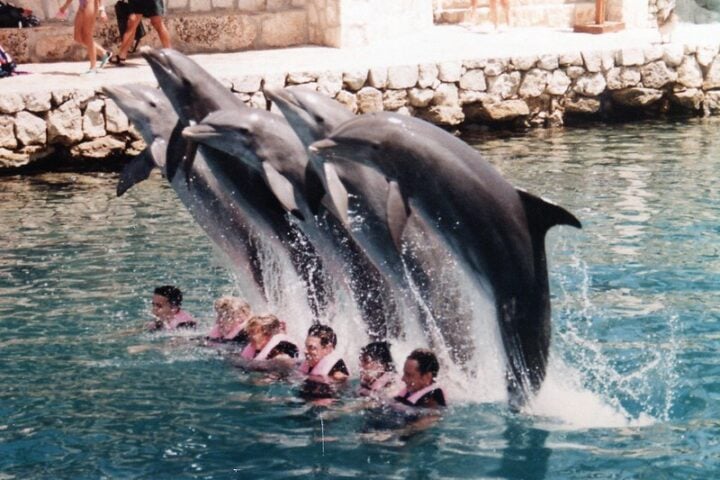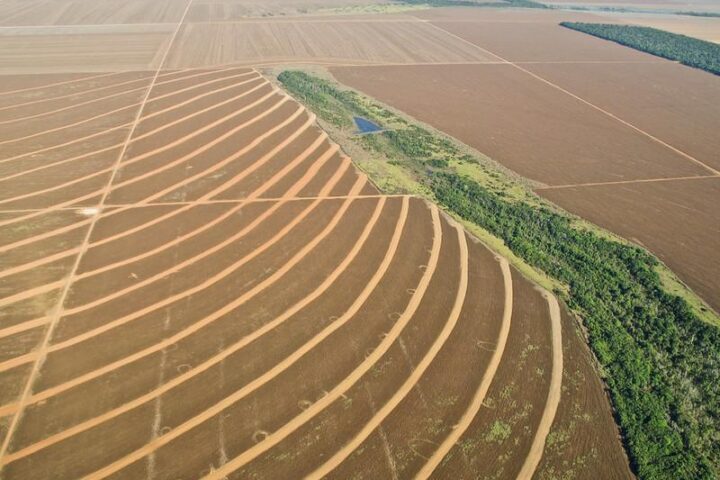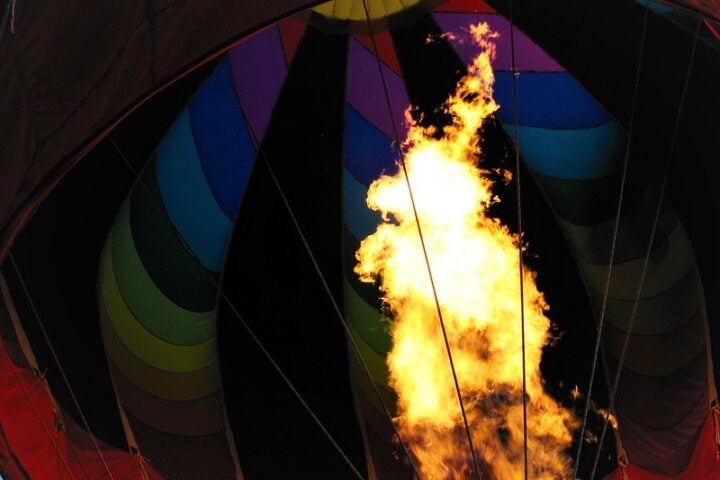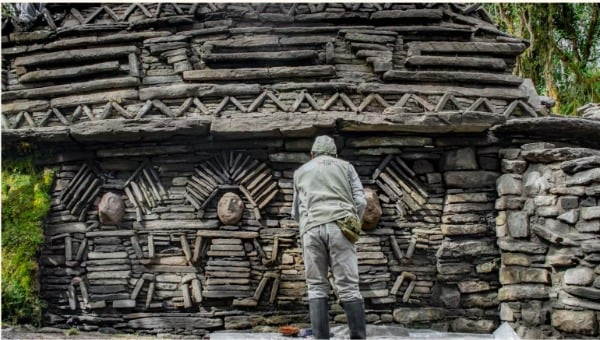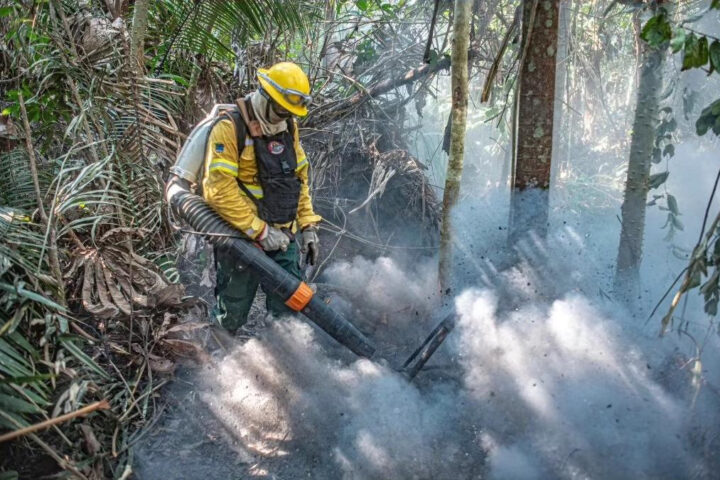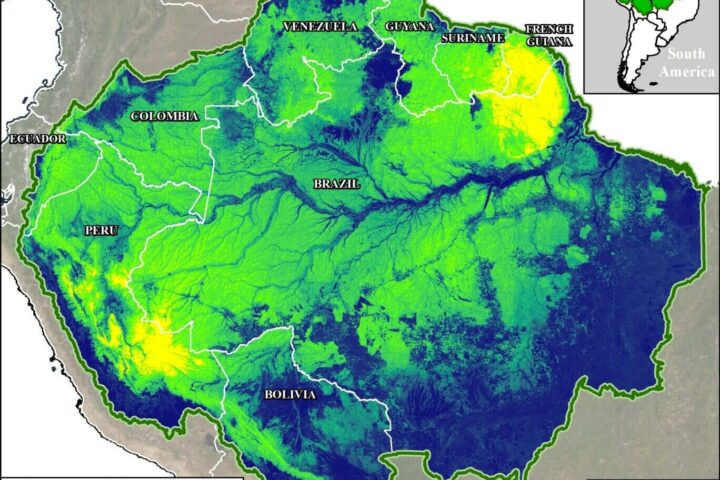A truck accident in São Paulo, Brazil, has transformed the normally peaceful Jundiaí River into a shocking bright blue waterway, endangering countless fish, birds, and other wildlife. The spill occurred on May 13, 2025, when a truck carrying industrial blue dye crashed into a utility pole in the Jardim das Tulipas neighborhood of Jundiaí.
The accident caused containers of blue dye to rupture and flow directly into a nearby manhole. This manhole connects to the Corrego das Tulipas stream, which feeds into the larger Jundiaí River system. The dye quickly spread throughout the waterway, turning everything in its path, including local wildlife, a vivid blue color.
“I’ve never seen anything like it,” said one local resident who described the sight as “both beautiful and horrifying.”
Ducks, Fish Face Immediate Danger
Videos and images of bright blue ducks and geese have gone viral online, drawing international attention to the environmental crisis. Local wildlife rescue teams have already captured several animals affected by the spill, including at least three geese and two ducks.
The most immediate damage, however, has been to the fish population. Jorge Bellix de Campos, president of the NGO Mata Ciliar and an agronomical engineer, explained that fish died “the moment the product touched the lake.” The sudden change in water chemistry proved fatal for many aquatic creatures, with numerous dead fish now washing up along the shoreline.
“It’s tough to measure the dimension of the damage,” Bellix de Campos noted, pointing to the likely destruction of vital microorganisms that form the base of the entire ecosystem.
Chemical Breakdown: What’s In The Blue Dye?
The spilled substance has been identified as an acetic acid-based organic dye commonly used in manufacturing Styrofoam packaging and egg cartons. While officials describe it as less harmful than many industrial chemicals, the dye still poses significant risks to the environment.
Colonel João Gimenez, coordinator for Civil Defense in Jundiaí, offered a measured assessment: “It’s a contaminant, but, fortunately, compared to other chemical products, it’s not as severe. It’s not the worst scenario in the world.”
The primary danger comes from the dye’s acidity. When released in such large quantities, it dramatically lowered the water’s pH level, making it inhospitable for aquatic life. The dye also reduces light penetration into the water, potentially disrupting the photosynthesis process for underwater plants.
Similar Posts
Emergency Response Efforts
Brazilian environmental authorities, including CETESB (Environmental Company of the State of São Paulo), have launched a formal investigation into the spill. Emergency teams are working to:
- Contain the spread of the dye using floating barriers (booms)
- Monitor contamination levels throughout the river system
- Rescue and treat affected wildlife
- Assess water quality to track recovery
Wildlife rescue teams are using specialized detergents and activated charcoal to clean affected birds. Some animals have lost feathers during the cleaning process, but repeated washes are gradually removing the blue coloration.
Domenico Tremaroli, regional manager for the Environmental Company of the State of São Paulo, noted one small positive: “Fortunately, that water is not used for drinking or cooking.” This means the immediate human health risk is limited, though the environmental damage remains severe.
Long-Term Environmental Concerns
While the bright blue color may fade within a week, experts warn that the ecosystem damage could last much longer. The spill affects multiple levels of the food chain:
- Microorganisms and small aquatic life forms are likely devastated in affected areas
- Fish populations face immediate mortality and potential long-term reproductive issues
- Birds and other wildlife that feed on fish may ingest contaminated prey
- Plants and algae may struggle with reduced sunlight penetration
An estimated 2,000 liters of dye have flowed beyond the initial spill site into neighboring municipalities, raising concerns about wider contamination. Environmental teams are continuously testing water quality at various checkpoints to track the dye’s movement and concentration.
“Right now, there is no telling how far the damage goes,” explained Bellix de Campos. “It could reach beyond just the lake. We have to observe.”
Not The First Disaster For Jundiaí
In a troubling pattern, this marks the second major spill affecting the same waterway in recent years. In 2019, nearly 20,000 liters of fuel spilled into Lago de las Tulipas following another traffic accident. That incident required a massive cleanup operation to restore the ecosystem.
Environmental advocates are calling for stricter regulations on trucks carrying hazardous materials, including:
- Enhanced safety barriers along key routes
- Specialized driver training
- Stronger legal consequences for companies that fail to follow protocols
- More detailed environmental emergency response plans
Until then, authorities have cordoned off access to the affected areas and posted warnings to keep people away from the contaminated water.
As cleanup efforts continue, the blue birds and blue river serve as a vivid reminder of how quickly human activities can disrupt natural ecosystems – and how long recovery might take.
